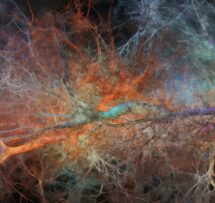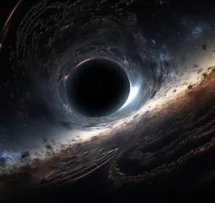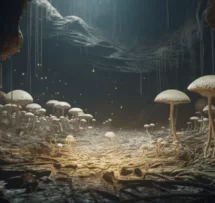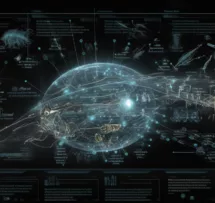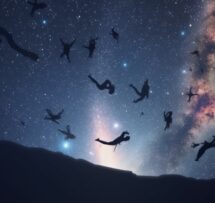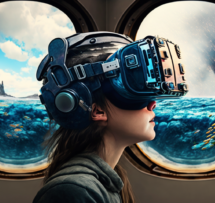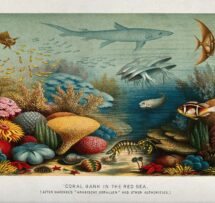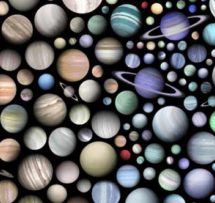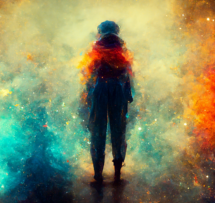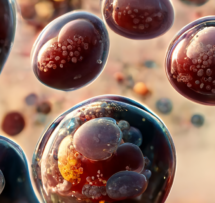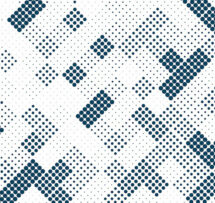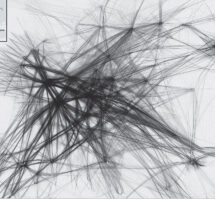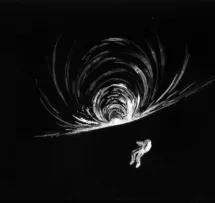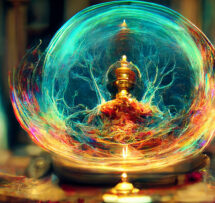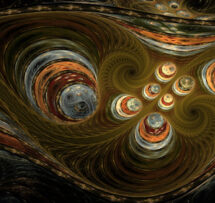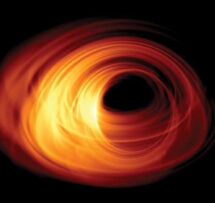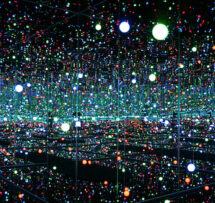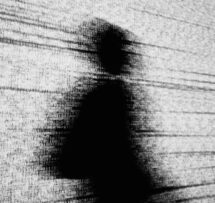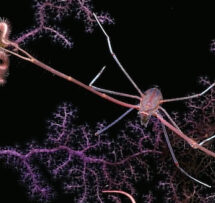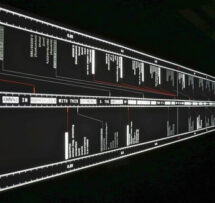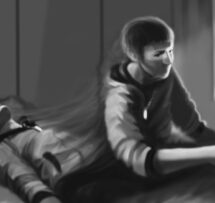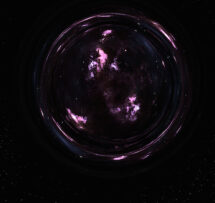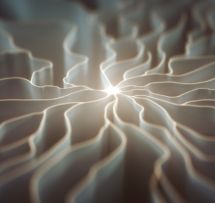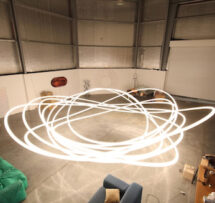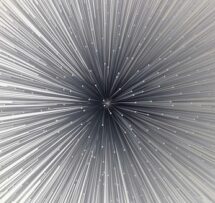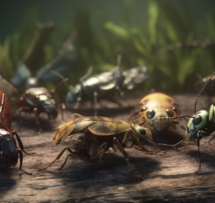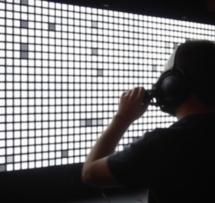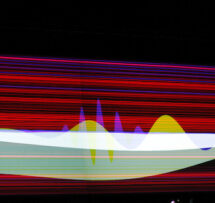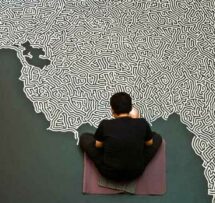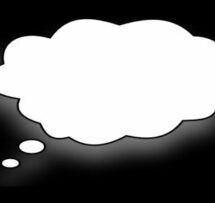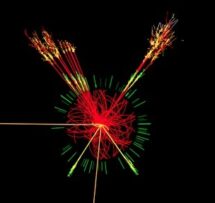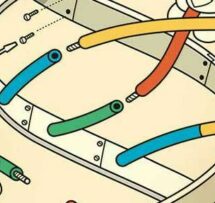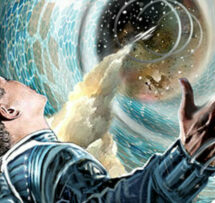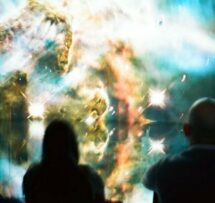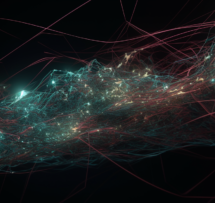Neuroscience and the visual arts Two approaches to the same problem?

Is there a relationship between neuroscience and the visual arts? How does the brain represent the external world? Why did art history tend to more abstract representations?
We now know that the brain is composed of a set of semi-independent modules each of which is dedicated to the analysis and storage of a particular kind of information or the production of a specific types of movement.
One way of thinking about this is that different modules are dedicated to extracting different aspects of the physical world and using them for specific purposes. John O’Keefe, Nobel prize winner in physiology and medicine, will contend that there is a rough relationship between the way that different schools of visual art perceive and depict the world and the processing that takes place in different brain modules. He will further suggest that the history of visual arts shows that the development of artistic perceptions and representations of the world proceeds in a quasi-logical fashion which roughly follows a path from representations in deep brain structures far from the periphery and moves historically more and more towards the periphery.
He will start with the representations of the external world as depicted by deep brain structures such as the hippocampus and the amygdala and then argue that cortical areas, in particular those in the ventral stream, represent different aspects of the world and that as one moves more towards the sensory receiving areas these representations become more abstract. He will then show how this pattern is recapitulated in the development of the art of painting which he will argue moves from highly realistic and pragmatic representations of the external world through attempts to represent moment to moment experiences (e.g. in Impressionism) to the more modern fragmented representations of different aspects of the world (e.g. in Futurism & Cubism) to the search for the ultimate irreducible components of our visual experience as seen in Abstract Expressionism and minimalism.
Afterwards, cocktails that explore the interconnectedness of neuroscience and art while with their mix of beat, "jazz", surf and easy going-ness, The Orgelheimers high fives the crowd with a setup of two Hammond organs, drums and electric guitar. It's polyester at its best.
Organised in cooperation with the FENS forum Copenhagen 2016.

John O'Keefe
Neuroscience and the visual arts Two approaches to the same problem?
Is there a relationship between neuroscience and the visual arts? How does the brain represent the external world? Why did art history tend to more abstract representations?
Talk by
John O'Keefe
Received the Nobel prize in Physiology and Medicine in 2014. He is Professor at the Sainsbury Wellcome Centre for Neural Circuits and Behaviour and the Research Department of Cell and Developmental Biology at University College London. In 2014, he also received the Kavli Prize in Neuroscience for the discovery of specialized brain networks for memory and cognition.





